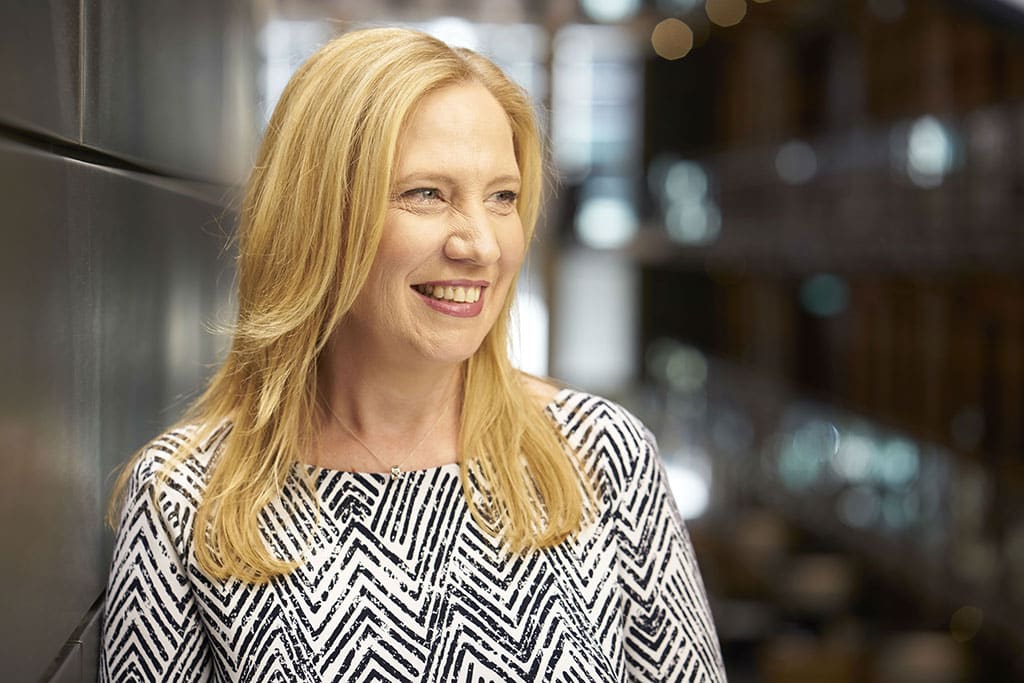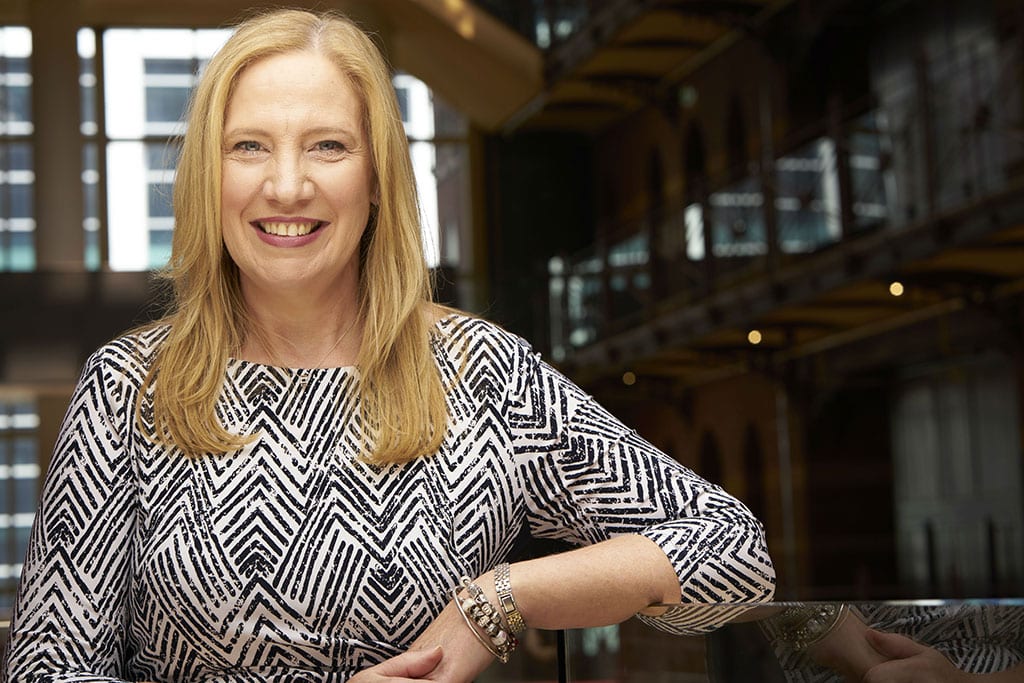How To Lead Better By Doing Less, Not More

Truly empowering people is a difficult thing to do and it’s harder than we think. We often think we are empowering our people but really, we don’t let go enough. As leaders we need our people to step up into their roles and make an active contribution, and at the same time we must step back and let them do it. When we let go of responsibility to someone else it can often feel as if you are giving up complete control. Leaders often fall into the trap of thinking they need to maintain control, and that they need to have all the answers.
This is a problematic because it creates a culture of control freaks. Leaders think they need to be across everything, all the detail, in case anything goes wrong, or a decision can’t be made without them, or that it has to be done their way. This disempowers people, creating uncertainty and second guessing leading to low trust and fear. Studies show that these types of cultures reduce creativity, innovation and customer service (White, R.D. PhD). People start to feel unsupported, frustrated and end up leaving.
Empowering people is 50% letting them own it and 50% you letting go. When you let go of things it requires you to be vulnerable, which is hard. Remember that five plus five equals ten, but so does three plus seven and eight plus two. There are many ways to get to the same outcome and they don’t always need to be your way. David Rock in his article Managing with the Brain in Mind cites studies showing that when our people have more autonomy and latitude for decision making, they experience more control and certainty in turn reducing fear and increasing trust.
So what are some ways that we can give up control and let our people step into empowerment?
Hand it over
The next time you have a problem to solve, hand it over to your team to discuss and debate and offer solutions. Here’s the hard part: while they are doing this sit quietly, listen and observe. Resist the temptation to enter the discussion or debate. Our minds are constantly reviewing, assessing and developing answers and solutions to the things we see and hear. It will take a conscious effort not to get involved, but it will be worth it.
By observing and listening you hear potential solutions that you may not have considered, while enabling the creativity and innovation of your people.
Ask questions
Judith Glaser in her book Conversational Intelligence: How great leaders build trust and get extraordinary results, developed the technique of asking questions that you don’t know the answer to. This is a great way to find out what people think and how you can potentially tackle things differently.
You could use language like “What do you think about it?”, “How would you handle it?” or “What are your suggestions on how to manage this?”.
These are all questions that involve someone providing you with their thoughts and suggestions that you couldn’t possibly know without asking. The key is to ensure that you actively listen, and don’t discount or discredit their suggestions. Keep an open mind and a closed mouth.

Start small and practice
Practise being OK with some of the solutions that are suggested by your people on small problems first. Just because it’s not what you would do, doesn’t mean that it’s either not going to work or is simply the wrong solution. This is a great opportunity to help your people feel trusted, supported and empowered, particularly if what they suggest doesn’t work. Always debrief the outcome afterwards, good or bad, and ask a question you don’t know the answer to e.g. “What are your insights from how this played out?”.
When you take a step back from providing all the answers, you enable those around you to step up and lead. You’re saying that you are open and accepting of their ideas and solutions, that you don’t have all the answers and it’s OK to sometimes get things wrong provided you learn from them. You create a culture of shared responsibility, increased collaboration and relationships based on trust all leading to empowered people. When your people are empowered, you’re leading better by doing less.
HAve you read?
# The 100 Most Influential People In History.
# Top CEOs And Business Leaders On Twitter: You Should Be Following.
# Must Read Books Recommended By Billionaires.
# The World’s Top 20 Most Charitable Billionaires.
# Richest Families In The World, 2018.
Bring the best of the CEOWORLD magazine's global journalism to audiences in the United States and around the world. - Add CEOWORLD magazine to your Google News feed.
Follow CEOWORLD magazine headlines on: Google News, LinkedIn, Twitter, and Facebook.
Copyright 2025 The CEOWORLD magazine. All rights reserved. This material (and any extract from it) must not be copied, redistributed or placed on any website, without CEOWORLD magazine' prior written consent. For media queries, please contact: info@ceoworld.biz








